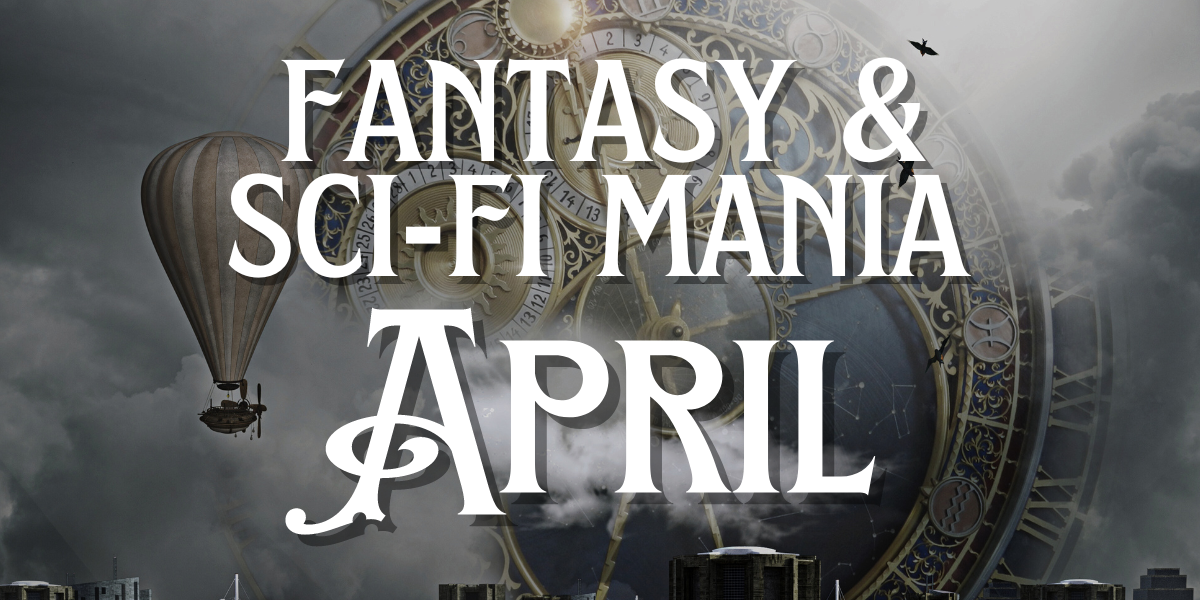
It seems that every culture has stories of magical kids taken into ordinary households to be raised as their own children. There’s Snegurochka — a Russian snow maiden that comes to a childless couple, hoping to have a chance at raising a daughter. Red Boy, Golden Boy, Dragon Prince, and Jade Girl are fictional children from Chinese folklore. A child discovered in a patch of cabbage or flown in by a stork are expressions of unfulfilled desires of families unable to conceive. Pinocchio is a wooden toy that comes to life for its creator, who longs to be a father. Dolls, toys, vegetables, rocks, statues, and even food are all examples of things that come to life magically to satisfy the wishes of their makers or finders — human longings turned to reality. Imaginary children, friends, and lovers come to “life” to alleviate loneliness and develop compassion and nurturing skills. I believe this is a core human trait — an evolutionary advantage that gave us an edge in the game of life. (And it’s not limited to just humans. Monkeys, cats, and dogs have all been known to adopt actual pets but also play with toys as if they were pets.)
Tamagotchis, AI companions, cars, and even rumbas have people that are heavily emotionally invested in these inanimate and abstract things, giving them pet names and interacting with them as if they were invested with souls. Perhaps humans jump to anthropomorphism inanimate objects faster than other species. But we are not alone in attributing life in this way. I wonder if intelligent life that evolved on other worlds possesses this trait as well? Is it a sign of higher consciousness or is it just an Earth thing?
When not actively engaging and empathizing with their imaginary friends, people call their real children/friends/lovers by vegetable, food, and animal endearments: my little pumpkin, flower cup, butter ball, willow, bear, chickadee, candy, sweetie pie, etc. Hypocorisms — pet names as form of endearment — are very common, especially for young children and lovers. To me, anthropomorphism and hypocorism seem related, two sides of the same coin. And it is this property that is commonly used in fiction for the development of magical systems — setting up parallels among similar feeling objects to transfer properties or actions between them. Science fiction does this too, to some extent. And I think all writers come to see their cherished characters as more real than fiction. They are the children of our minds.
I used anthropomorphism to push questions of the future of AI and virtual words in the duology written with my husband, Christopher: Many Worlds, One Life. Both of the novels in this series explore the notion of human relationship to virtual entities and the ability to “forgive” the virtual for being virtual. “Suddenly, Paris” and “Coding Peter” are both part of this month’s ebook giveaway. Grab them if you haven’t read them yet, or pick any other books from this wonderful collection of stories!


